How much Lead is in YOUR new Starbucks mug? Golden Ceramic Mug: 15,700 ppm Lead (90 ppm is unsafe for kids)
This is an ad-free article.
To make a contribution to help us keep our most widely-read articles ad-free, click here. Thank you.
Introduction: For those new to this website:
Tamara Rubin is a multiple-federal-award-winning independent advocate for childhood Lead poisoning prevention and consumer goods safety, and a documentary filmmaker. She is also a mother of Lead-poisoned children (two of her sons were acutely Lead-poisoned in 2005).
- Tamara owns and runs Lead Safe Mama, LLC — a community collaborative woman-owned small business for childhood Lead poisoning prevention and consumer goods safety.
- Since 2009, Tamara has been using XRF technology (a scientific testing method) using the exact instrumentation employed by the U.S. Consumer Product Safety Commission to test consumer goods for toxicants (specifically heavy metals — including Lead, Cadmium, Mercury, Antimony, and Arsenic).
- Since July of 2022, the work of Lead Safe Mama, LLC has been responsible for 5 product recalls (FDA and CPSC).
- All test results reported on this website are science-based, accurate, and replicable.
- Items that Lead Safe Mama, LLC reports on are tested multiple times to confirm the results published (for each component tested).
- Tamara’s work was featured in Consumer Reports Magazine in February of 2023 (March 2023 print edition) and The Guardian in November of 2023.
Images for additional Starbucks items we have tested are below.
(Each image is a clickable link to an article about the item pictured.)
Tamara, were you surprised to find this much Lead in a brand-new coffee cup from Starbucks?
Frankly, even though I know how bad this brand has rated (from a toxicant perspective) over the years (I’d estimate I have personally tested more than a thousand Starbucks-branded mugs for Lead Safe Mama readers since 2009), I am really shocked that a brand-new 2019 Starbucks product has Lead at levels this high.
Isn’t this illegal?
For those who are new to this website:
While it is — incredibly — not in any way currently illegal to have this much Lead in a mug (!) in the U.S., it seems like — in this “post-Flint” era of Lead awareness — companies should do better than including one of the most potent neurotoxins known to man in dishware that is intended for use with hot/ acidic beverages (like tea/coffee) on a daily basis.
To read more about the concern for Lead in pottery and dishware, click here.
And in case someone from Starbucks is reading this article:
Starbucks, WHEN ARE YOU GOING TO STEP UP AND INSIST ON THE REMOVAL OF LEAD AND OTHER HEAVY METAL TOXICANTS FROM THE DECORATIVE COATINGS USED BY ALL VENDORS IN YOUR SUPPLY CHAIN? You are a huge company. Where’s your corporate responsibility and accountability when it comes to the planet, our children, and their future? What possible excuse could you have for manufacturing brand-new high-Lead-content products emblazoned with your name??
And let’s be clear: The end product is not the only concern here …The big picture concern here is that you as a company are supporting/ creating a demand for Lead-based pigments. Starbucks, this means you are supporting/ instigating the demand for the mining, refining, and manufacturing of Lead — along the entire global supply chain. Shame on you.
Let’s talk! (Seriously — I have been consulting for a LOT of companies recently; send me your product prototypes BEFORE you put them on your stores’ shelves and I can let you know if they have Lead, Cadmium, Mercury, Arsenic, or Antimony BEFORE you unknowingly sell things like coffee mugs featuring neurotoxic heavy-metals-laden coatings to your unsuspecting customers)!
New to my website? Click here to learn a little more about who I am and how I test consumer goods for heavy metals!
How much Lead did this gold-glazed Starbucks mug have in the glaze exactly?
When tested with an XRF instrument, this 2019 gold-glazed Starbucks brand mug (purchased new at a Starbucks store in Washington State) had the following XRF readings:
Reading #1)
On an exterior area with just the golden glaze:
- Lead (Pb): 15,700 +/- 400 ppm
- Barium (Ba): 693 +/- 70 ppm
Reading #2)
On the black glaze on the interior of the mug:
- Lead (Pb): 764 +/- 45 ppm
- Barium (Ba): 1,509 +/ 87 ppm
- Chromium (Cr): 6,411 +/- 249 ppm
Reading #3)
Focused on the white logo area on the interior of the mug:
- Lead (Pb): 630 +/- 42 ppm
- Barium (Ba): 1,734 +/ 98 ppm
- Chromium (Cr): 5,052 +/- 275 ppm
All tests were done for a minimum of 60 seconds each using a freshly calibrated Niton XRF instrument (an XL3T XRF testing in “Consumer Goods” mode). Tests were repeated multiple times on each component to confirm the results. All test results reported on this website are science-based, accurate, and replicable.
To read more about the concern for Lead in vintage and new pottery items, click here.
How much Lead is “too much” Lead?
For context, the amount of Lead considered unsafe (and illegal) in products “intended for use by children” is anything 90 ppm or higher in the paint, glaze, or coating and anything 100 ppm or higher in the substrate (in the case of a mug, this would be the base ceramic of the mug). These standards are for XRF-detectable total Lead content (not leach-test results, which is a different standard/ different type of testing). Dishes (including mugs) are not regulated in the same way as children’s items — as they are not considered to be “items intended for use by children.” In my opinion, this is a significant regulatory loophole, as frankly, I don’t know any children who don’t use dishes.
- To read my summary about Starbucks-branded mugs (which I would never recommend at this point), click here.
- To see other mugs we have tested and reported on (and there are hundreds of examples of mugs with test results up on the site), click here.
- For Lead-free mug choices, click here.
Thank you for reading and sharing this work with your friends, family, and community (online and IRL)!
As always, please let me know if you have any questions! I will do my best to answer them personally as soon as I have a moment — although I do have my disabled (Lead-poisoned) kiddos underfoot pretty much 24/7 these days so it may take a bit! Thanks for your patience.
Tamara Rubin
Owner — Lead Safe Mama, LLC
#LeadSafeMama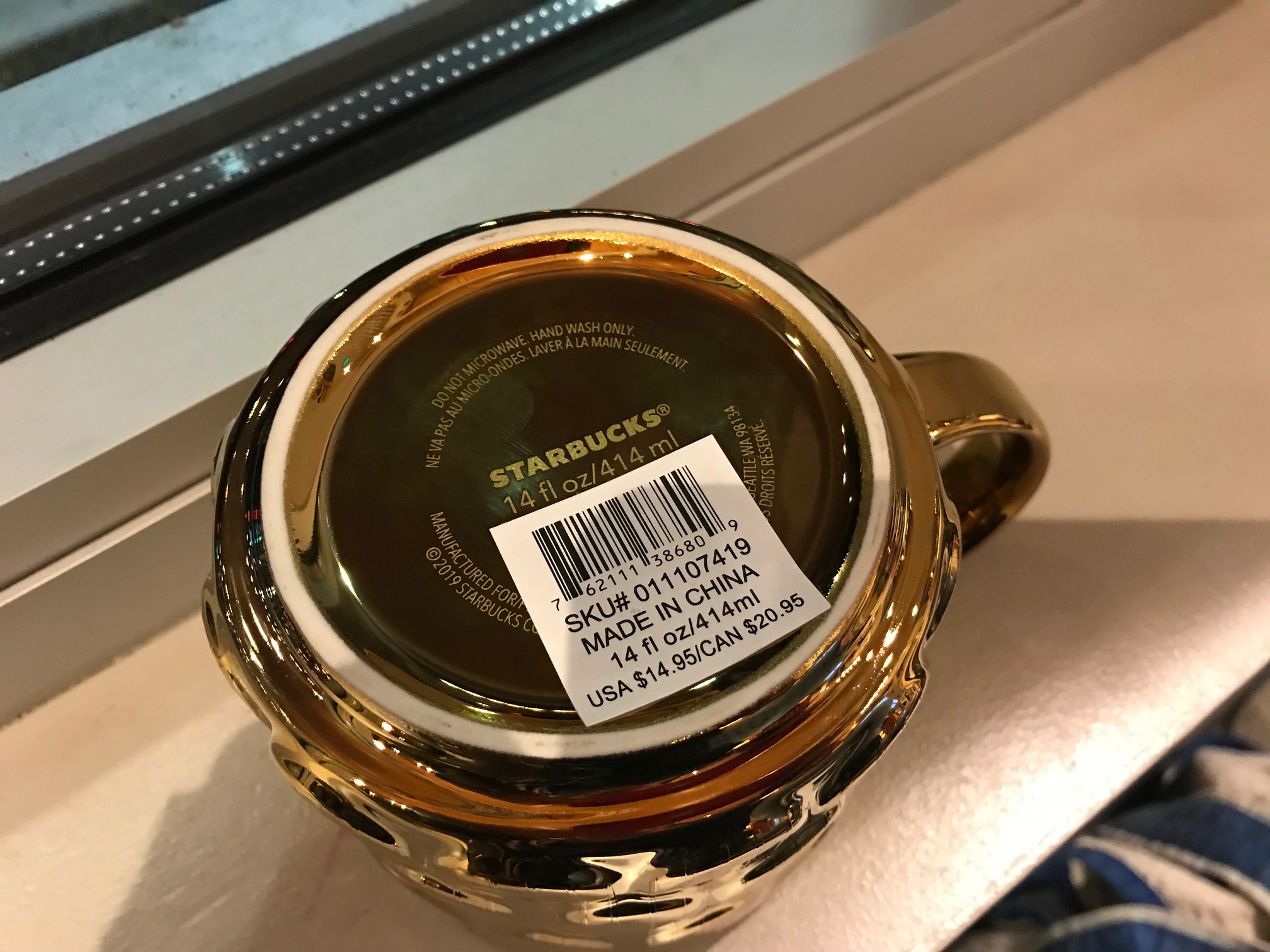

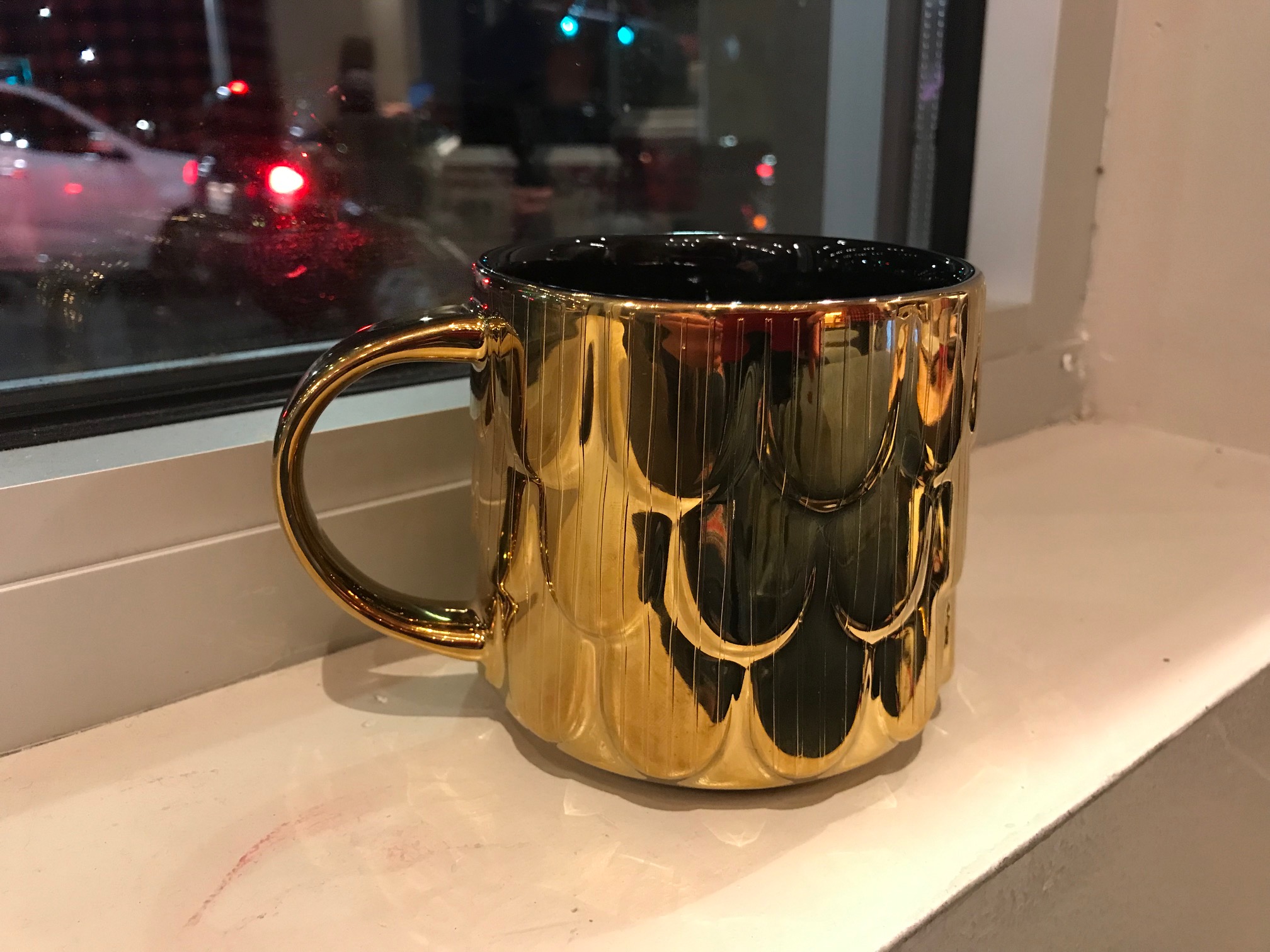
Never Miss an Important Article Again!
Join our Email List









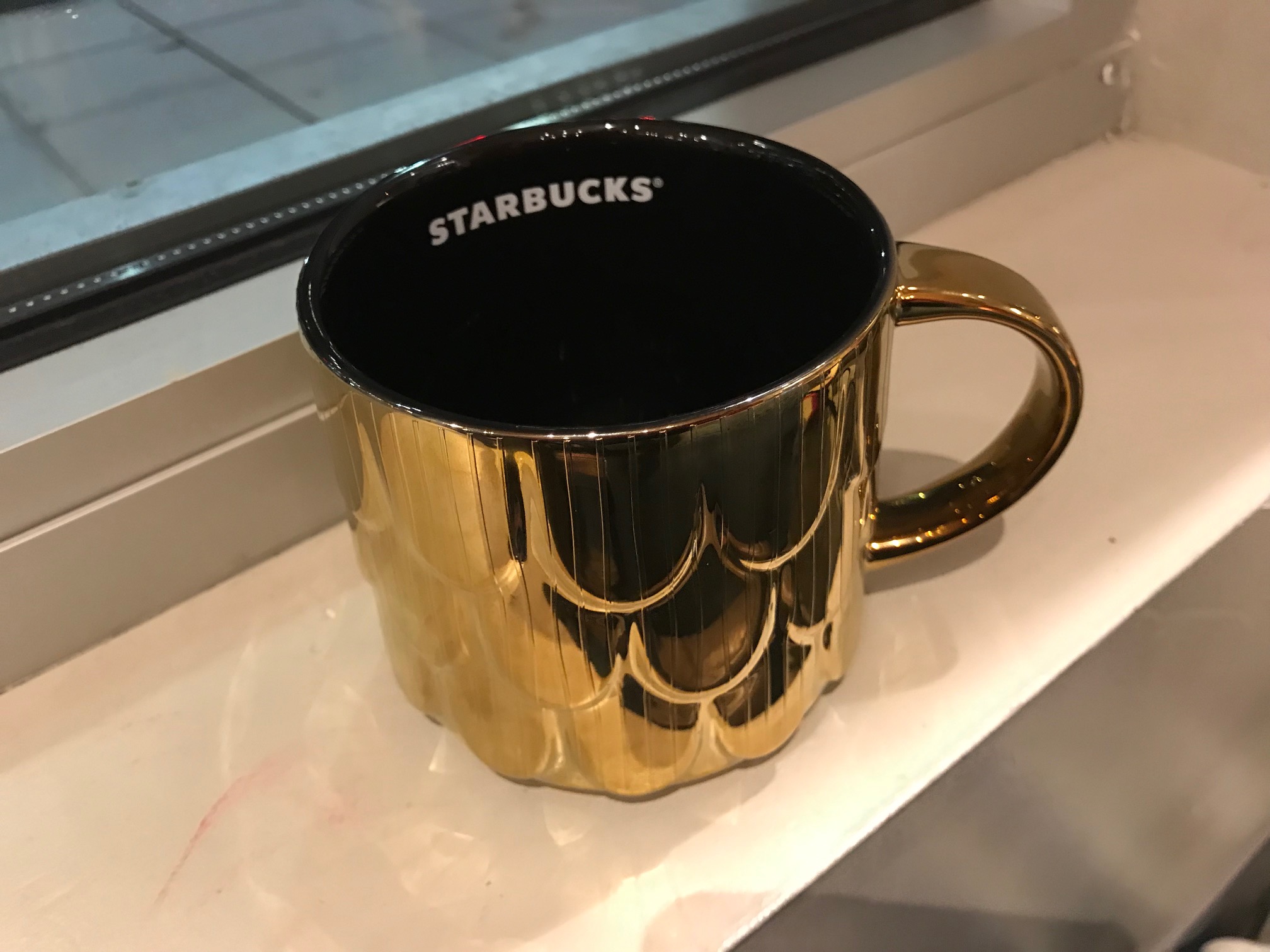
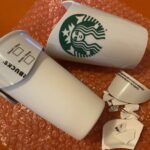
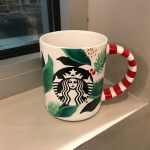
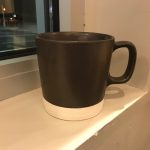
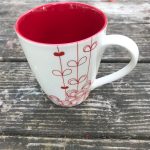


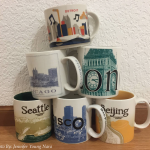
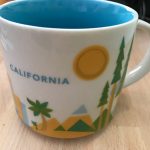
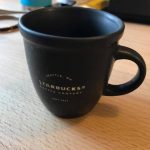
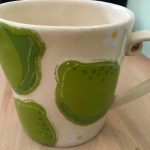

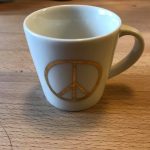
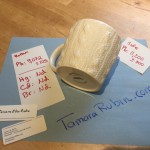
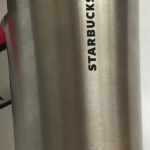
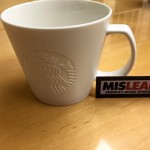


Starbucks, are you listening? Please consult with Tamara Rubin and have her help you make your products better.
Are all Starbucks mugs full of lead? And this high of content or just that particular one?
Hi Cindy! Thanks for commenting.
Not *All* but MANY are and there is no way for an average consumer to know the difference, so I personally think consumers should avoid the brand entirely until they intentionally clean up their act and make an announcement about doing so (and until new product from the company consistently tests Lead-free and cadmium free.)
There are several more examples linked in this post: https://tamararubin.com/2018/04/asktamara-do-starbucks-mugs-have-high-levels-of-lead/
Tamara
Hi Tamara, I have a white Starbuck’s ceramic travel mug which has black marks in the glaze on the inside of the mug. The marks were present when I bought the mug a couple of years ago. Of course, the black marks can’t be removed because they are clearly part of the manufacturing process. I thought it was just a flaw in applying the glaze but after reading your article I now wonder if those black marks are an indication that the mug might not be safe to drink from, especially when a hot beverage is involved. Might those black marks be a sign of lead? I’ve had other Starbucks ceramic mugs with the same black marks on the inside of the mug which were present when the mug was newly purchased. Based on what I’ve described would you please share your opinion about what that black marks on the inside of the mug might be.
Chuck
Hi Chuck,
Can you send me a picture?
Thanks.
Hi Tamara,
I would like to send you a photo of the black marks inside the cups but I don’t see a way of sending or attaching a file to my comments. The black marks in the cups are definitely the result of the manufacturing process.
Chuck
Email: TamaraRubin@mac.com
Hi Tamara,
I sent some photos of the cup to you. I used the email address appearing below your photo.
Omg I have that cup…. I drank out of it for a while then made it a pen cup. I’ll leave my pens in it but never drink from this again!!!
I have a bunch of Starbucks “been there” mugs!
Also a blue flowered mug I use everyday for coffee! I don’t understand how this is allowed by a major company.
lax ethical standards.
Hi Tamara, thank you for all you do. My question is. Is it the same for Starbucks travel mugs? Thank you!
Yes – look through some of the other examples…
There are 20 articles with test results for Starbucks Mugs: https://tamararubin.com/category/starbucks-mug/